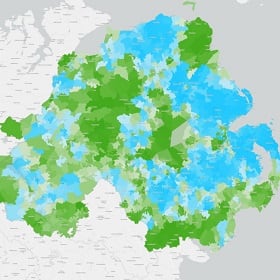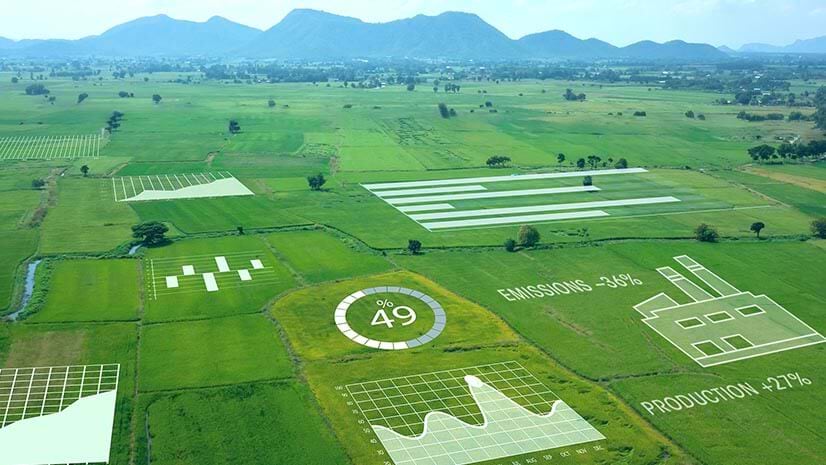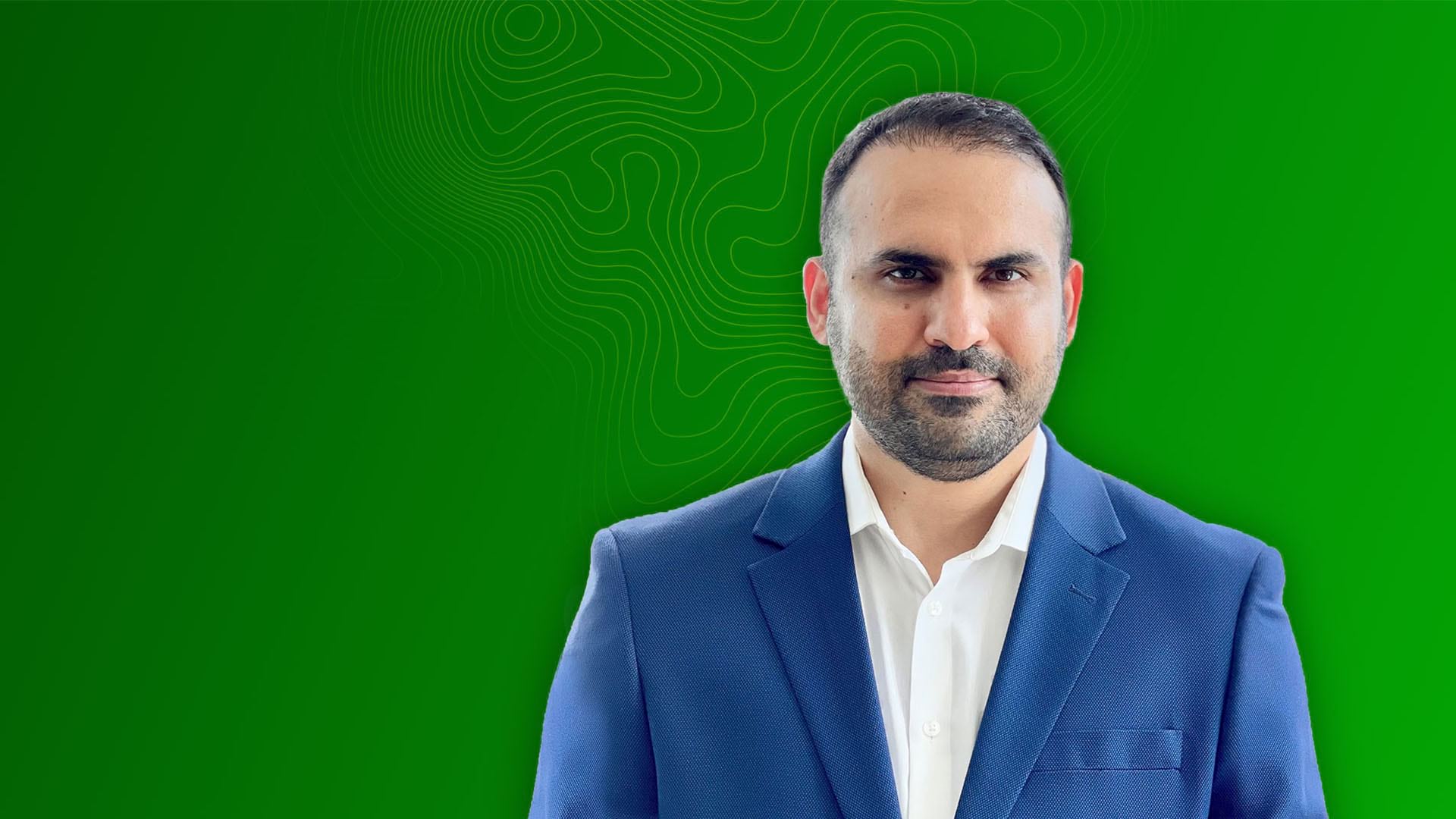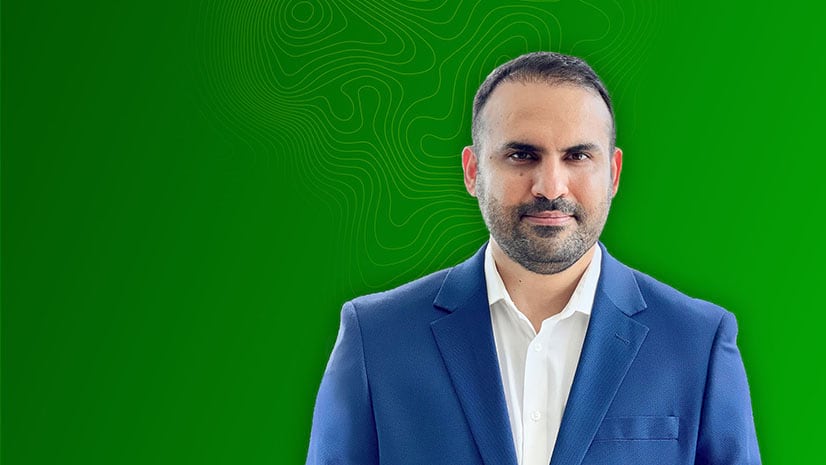Editor’s note: All installments of WhereNext Confidential are available here.
Question:
I recently read an article on the role of GIS in big business decisions. At our company, it mostly answers technical questions. How can our GIS team get involved in supporting strategic decisions?
Answer:
As recently as five years ago, our site acquisition team didn’t have a strong understanding of who our customers were. They would say, “Well, this looks like a nice market to open a store.” But they wouldn’t really know the demographics of that location.
The GIS team knew we could deliver that kind of insight, but executives weren’t asking for it. So we started going above and beyond on the things they did ask for. When the vice president of real estate requested a map of a certain market with five-mile buffers around our stores, we showed him not just our stores, but our competitors’ locations as well. He shared that with other executives, and they could see that our competitors were hitting certain areas harder than we were. That data was eye-opening.
From there, we started doing GIS analysis of market demographics and diving into questions like, Why are competitors interested in these markets? Which types of consumers are there? Which types of consumers are in our markets?
We would provide that data to our executives, and it would tell a story. It allowed them to say, “These are our customers. These are the people we need to start looking for in other markets.”
They started to trust us more. They had a vision for the business, and they could see that the GIS team was contributing to that vision, so they let us explore.

Our analysis and sales projections seem to be working. But it was not fast, building that relationship with executives. It takes time.
Becoming Advisers
In addition to our analysis on customers and markets, we started using GIS to create sales forecasts for stores before they were even built. Now we have meetings every week with the site acquisition team, and they always go over our data.
There are a lot of times when somebody says, “We’re thinking of this location. Can you do some quick demographics?” We’ll provide the demographics and give them our thoughts on the data and recent trends. We might say, “This percentage [of core customers] means this store will do well. This percentage means it probably won’t.”
I was sitting in one of those meetings and heard a manager say, “This is the sales forecast this planner expects the site to achieve, and this is the forecast this person expects. The GIS team’s projection says it’s going to do terribly. I think we should put this on hold because I want to understand why GIS says that.”
When we deliver those projections, we’ve done a tremendous amount of research to back them up. So it’s easy for us to explain, “This is why we don’t like it. We feel like you could do better in the town next to it. . .”
It’s taken a long time for us to get to that point.
It was really gratifying to watch our executives evolve from not even asking us for sales projections on a store to saying, “Well, GIS doesn’t like this site. I think we should probably think about why. Let’s dive into that before we say yes.”

We're in a position now where our GIS department is almost a research and development team.
Expanding Influence
The more we built that trust with execs and coworkers, the more GIS became an enterprise system. Departments outside real estate started asking for our support, and we’re working with colleagues across the enterprise now.
Our risk management group has a map where they can see active weather, which is incredibly useful when they’re trying to prepare stores for extreme snow or a hurricane.
HR knows where all our stores and distribution centers are. When COVID emerged, we were making layers related to the risk level of certain areas—which pretty much everybody in the company used.
In the early days of the GIS team, we spent a lot of time trying to prove our worth, but now it feels like people are starting to understand the power that comes with better location awareness.
If you have a question for WhereNext Confidential, email WhereNext editor Chris Chiappinelli at wherenext@esri.com.
The Esri Brief
Trending insights from WhereNext and other leading publicationsTrending articles

December 5, 2024 |

July 25, 2023 |

November 25, 2024 |

February 25, 2025 |

April 1, 2025 |

November 12, 2018 |





